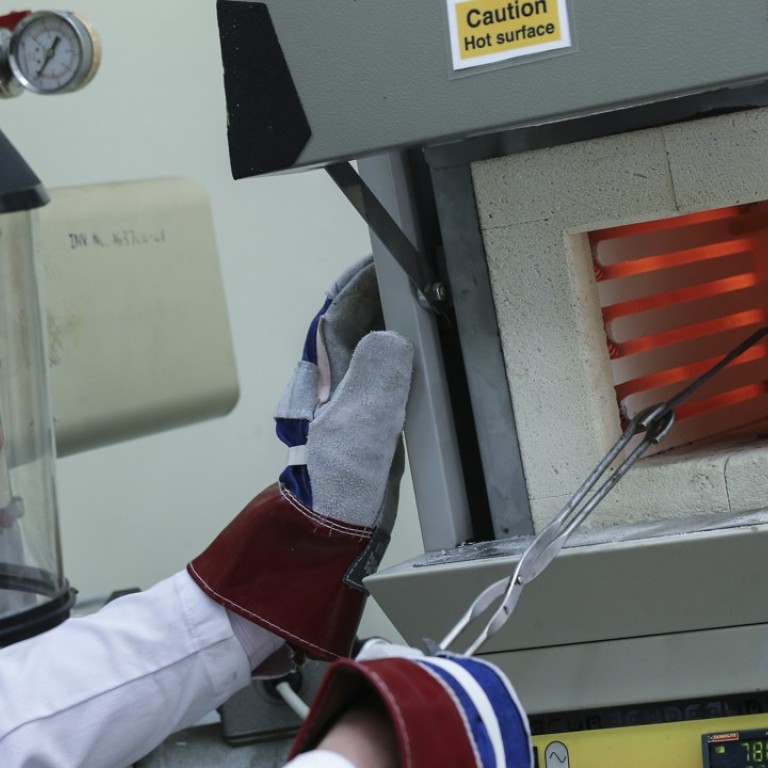
Innovation steps are in the right direction
Initiatives diversifying the economy and attracting more investment to city are welcomed, but more may need to be done to halt decline in competitiveness
Hong Kong does not lack world-class universities to supply our economy with talented young graduates. But if established big companies do not hire them, or they are not suited by old economy openings, many are prompted to walk across the border in search of opportunity in Shenzhen and other places that invest more in research and development (R&D) to boost innovation and start-ups. This does nothing to halt a gradual overall decline in competitiveness and is therefore a loss the city cannot afford. Initiatives announced by Chief Executive Carrie Lam Cheng Yuet-ngor in her policy address are a step in the right direction by diversifying the economy and attracting more investment. She outlined her goal to nurture new businesses and retain talent by rolling out incentives including slashing tax on the first HK$2 million of company profits, raising tax deductions for spending on R&D from 100 per cent to 300 per cent on the first HK$2 million and 200 per cent thereafter, and more university research funds.
Seen in isolation, Lam’s aim to double expenditure on R&D to 1.5 per cent of gross domestic product over the next five years looks bold. Amid criticism that the city is half-hearted in committing resources to technology and innovation, World Bank data on spending by South Korea (4.23 per cent), Japan (3.28 per cent), and mainland China (2.07 per cent) does put her target in a more modest perspective. It is also low compared with 4.7 per cent and 2.7 per cent respectively in neighbouring Shenzhen and Guangzhou. But it is feasible, and a lot depends on how it is targeted, at say relevant areas such as financial technology, rather than being spread too thinly. Even to reach Lam’s target, we are told, Hong Kong will need to invest HK$45 billion annually to develop new technologies and products, with the government contributing 45 per cent.
Speaking of innovation, there is room for some in ensuring incentives help start-ups and small enterprises. Many yet to earn any or much profit are burdened with rents and operating costs rather than tax. Thinking outside the box to encourage persistence and investment in worthwhile projects, such as carrying forward deductions to profitable years, could ultimately yield rich dividends.
Before passing judgment, we need to see the fine print, such as how bureaucrats will define R&D. To a struggling start-up, most spending after putting aside wages and rent can be considered investment in R&D. In that regard it is encouraging Lam has acknowledged that financial regulation is not always innovation friendly, promising to remove “outdated provisions “ and red tape by heading an interdepartmental steering committee.

